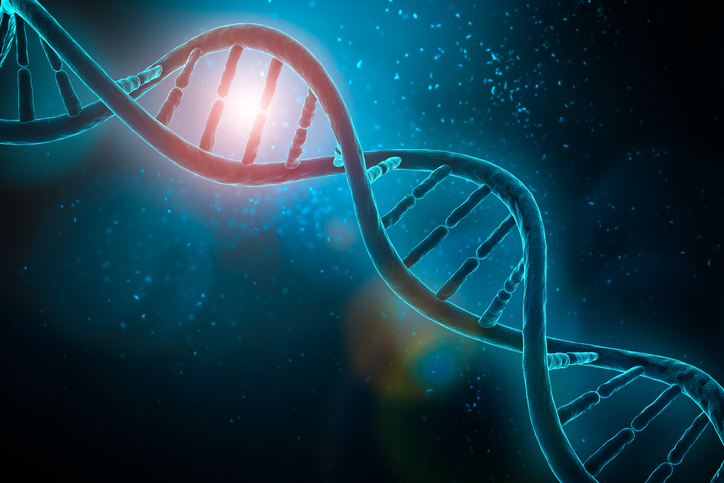By John Sterling
Cell line engineering and development play a critical role in the production of gene therapies by creating the potential for a stable and reproducible process, which can significantly reduce the cost of goods by increasing productivity and improving the quality of the final drug substance which in turn leads to fewer manufacturing runs. That was one of the key points made by Alix Eastham, senior manager, cell line development at Ultragenyx, during her presentation at the Bioprocess International Conference. Importantly, she added, these engineering improvements allow gene therapies to be more accessible to patients globally.
Any alterations made to the cell line will need to demonstrate stability from the early research cell bank stage all the way to GMP manufacturing runs, continued Eastham.
“Genetic knock-ins/-outs can revert over multiple passages if the genetic engineering, selection process or genetic screening process are not efficient,” she said. “It is imperative to check that the genetic alteration does not negatively impact product quality for the sake of productivity, and we thoroughly analyze the producer cell line and its product with key quality assays.”
One common roadblock is the heterogeneity of a cell substrate. “It is crucial to isolate a stable and clonal cell line before the genetically isolated population is lost,” pointed out Eastham. “This is true when generating and isolating standard producer cell lines and remains true when genetically engineering a previously isolated producer cell line.”
Technical limitations
Another roadblock is rooted in current technical limitations.
“We must ensure there are no downstream or off-target effects from the genetic engineering, which requires single-cell seeding then testing the stability of the knock-out by next-generation sequencing and multiple quality assays,” she said. “Although even in the past two years we have seen improvements, technology has not yet caught up with where we would like to be regarding the time it takes to generate the cell line, manipulate the cell line, and then collect and analyze the data.
“The expected improvements do not materialize or repeat from smaller scale experiments, or the gene of interest may not apply to other platform programs, so much of the work needs to be tested at-scale, empirically for each program or vector construct until the available gene therapy systems become more plug-and-play.”
Finally, not all cell lines are permissible to cell line engineering.
“Novel cell lines do not always come with their own playbook, so you may need to stumble in the dark and try dozens of transfection methods just to find the one that works and then continue to work out the next steps,” according to Eastham. “It can be challenging, but this discovery work is also what makes our science interesting.”
When asked what specific steps you would suggest that researchers take as they try to improve and innovate their approach to engineering and developing cell lines to increase the yields in their gene therapy programs, Eastham offered her expert advice.
“It is fundamental to refine each method involved in cell line engineering and development. For example, transfections should yield within a tight range of high efficacy and knock-outs must meet high efficiency scores. Ensure that your target remains knocked-out over time via sequencing and does not revert,” she said.
“Invest the time early on to work out these protocols as it will save a lot of headaches further down the stream. Sample and bank your cultures at various time points because these will become reference points; make backup banks in stability studies, bridging studies, and other studies that will be useful for further reference points. All this is basic, good science, but ensure your experiments include multiple, reliable controls.”


